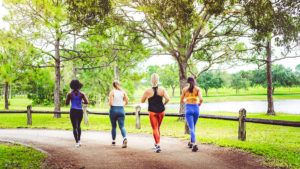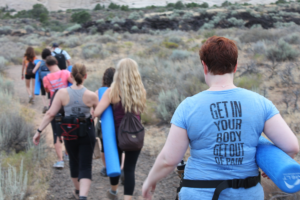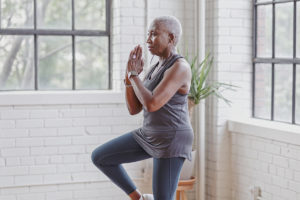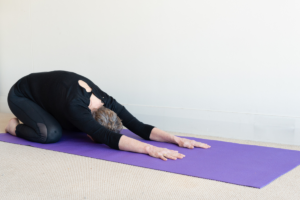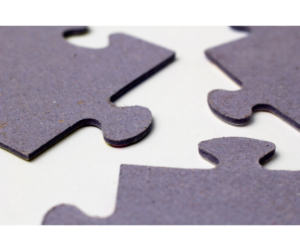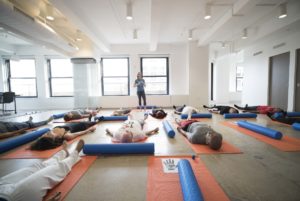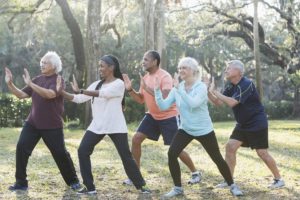Recovery Strategies
Nature Walks Reduce Stress
If you offer nature activities, be sure to promote the relaxation rewards and not just physical benefits, since nature walks reduce stress.
Tips for Getting Sleep
Answers and solutions for getting sleep, plus questions you can ask and tips you can offer when guiding others on their sleep quest.
Lift Weights for Better Sleep Quality
According to research, resistance training may be superior for sleep quality improvement than aerobic exercise or a combined weight/cardio workout.
Cryotherapy Update
Cryotherapy is the application of cold temperatures with ice, cold water or cold air for therapeutic, health and recovery purposes.
Benefits of Yoga for Older Adults
Yoga for older adults in their 60s and 70s may have a significant positive effect on fitness after 9–12 weeks of practice.
Sleep Deprivation Reduces Walking Efficiency
To add to our understanding of sleep, new findings show that sleep deprivation can undermine walking efficiency and increase clumsiness.
Journaling Prompts
As we settle into 2022, Yoga Journal contributor Milan Sundaresan offers 10 pointers on using journaling to create the life you want.
Restorative Yoga May Reduce Chronic Pain
Older women with chronic pain who participated in twice-weekly flow and restorative yoga classes experienced reduced pain.
Holiday Self-Care
The words holiday and self-care may not seem like they go together. For some of us, celebrating the holidays can be a monumental effort often filled with stress. Before the whirlwind of the season starts, recommit to a workable routine of holiday self-care.
Stress Physiology
We all intuitively understand the growing and widespread impact of stress on mental health, but stress physiology is just as deleterious.
Exercise, Life Purpose and Happiness
Exercise, life purpose and happiness are a trio of ideas that enhance each other in meaningful ways. While your clients might not agree about the happiness part when they’re in the middle of a set of burpees, linking all the beyond-the-biceps benefits together can provide motivation and greater success.
Exercise and Sleep
Physical activity can mitigate the risk from poor sleep. This insight on exercise and sleep is according to new research findings.
Meditation Basics
What Is Meditation? Meditation is an approach to training the mind, similar to the way fitness is an approach to training the body. Someone with no knowledge of fitness tools…
The Connection Between Sleep and Gut Health
Do you have trouble sleeping? You may want to consider the link between sleep and gut health to understand how eating habits impact sleep.
Experience MELT: The What, How and Why of MELT
If you’re wondering what a MELT class is like, it’s not a silly question. Chances are MELT will feel familiar but also unlike anything else you’ve done before. We use a soft roller, but MELT is not foam rolling. We’re moving our bodies, but it’s not stretching and we don’t even consider it a workout. So no wonder there’s a bit of mystery around what it’s actually like.
Tai Chi Is Good for Older Adults
Why tai chi? These Chinese movement patterns have been around for centuries. In recent years, study after study has proven their benefits—particularly for older exercisers—yet most fitness professionals seem to…
Self-Care Tips for Summer
The past couple years have been a long haul for you and your clients, and now is a great time to review some self-care tips. Enjoy the summer with these…
Exercise Recovery: Active vs. Nonactive
Fitness specialists need to understand the interrelationship of exercise recovery and training, including active and nonactive techniques.
